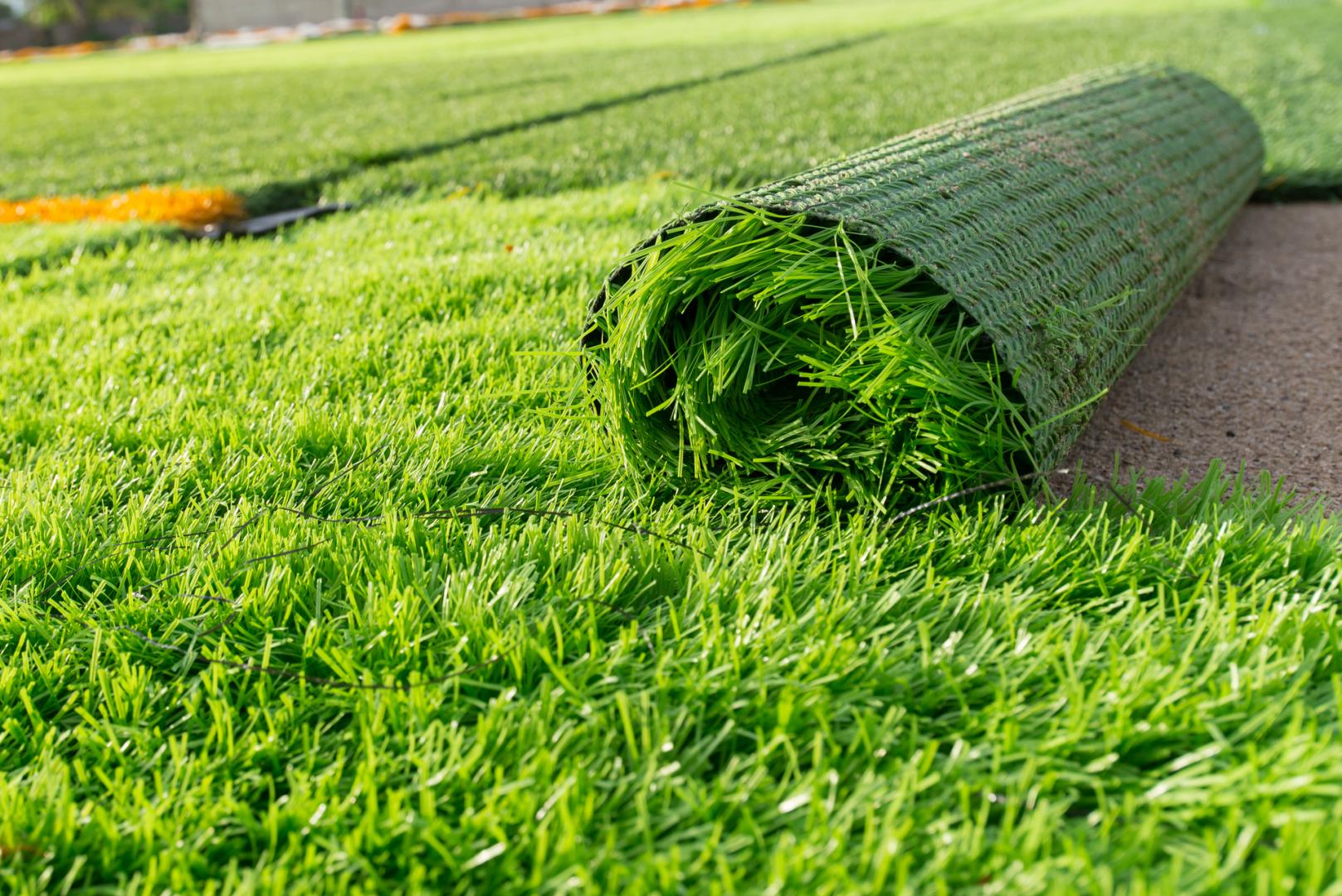While property owners seek to create gorgeous outdoor spaces, numerous are realizing the benefits of man-made turf. No longer do we need to maintaining a vibrant, verdant lawn demanded excessive amounts of mowing, watering, and fertilizing. In today’s world, synthetic grass is becoming as a favored solution for those seeking a easy-care eco-friendly option that can convert their yards into a all-season oasis. From its cost-effectiveness to its attraction to households and pets, fake grass may be the ideal lawn choice you can make.
Why are more and more homeowners choosing artificial lawns? The reasons are compelling. With benefits like lowered upkeep, a lack of harmful chemicals, and the elimination of muddy patches, the contemporary solution for a greener lawn is within reach. Plus, with choices that cater to small spaces and high-traffic areas, it’s clear to see how artificial turf is making headlines in residential landscaping. Whether you are wanting to enhance your home’s exterior or address the real grass problems that many contend with, synthetic turf delivers a effective and aesthetic answer to your landscaping needs.
Advantages of Artificial Turf
Artificial turf offers a variety of benefits that appeal to a rising number of property owners. One of the most significant benefits is the eradication of maintenance tasks associated with natural grass. With fake grass, there is no need for mowing, feeding, or using pesticides. This does not only conserves time but also lowers the environmental impact typically associated with maintaining a conventional lawn. Homeowners can enjoy a well manicured yard without the constant maintenance.
Another key benefit of artificial turf is its water-saving properties. In areas where water saving is crucial, fake grass provides an outstanding solution, requiring no irrigation. This characteristic becomes particularly important during droughts or in regions with water restrictions. By choosing artificial grass, property owners can say goodbye to water expenses and can enjoy a green, green lawn throughout the year without the stress of maintaining moisture levels.
Moreover, artificial turf is incredibly durable and can endure varying climatic conditions, making it a sensible choice for families and pet owners. It can support heavy foot traffic, ensuring that areas such as play zones and gathering spaces remain whole and appealing. Additionally, synthetic grass is designed to resist fading and withstand harsh elements, allowing it to maintain its vibrant appearance regardless of the season or changes in weather. This durability further enhances its appeal, solidifying synthetic turf as a clever investment for homeowners looking to enhance their outdoor spaces.
Setting Up and Care
Installing artificial turf is a simple process that begins with adequate site preparation. This involves removing any existing grass, weeds, or debris and ensuring the ground is level. A base layer of crushed stone is generally laid down to provide drainage and support for the turf. Once the base is ready, the artificial grass is rolled out, cut to fit the area, and fastened in place. The installation can usually be completed in a day, allowing homeowners to enjoy their fresh lawn almost immediately.
Upkeep of synthetic turf is limited compared to natural grass. Regular maintenance primarily consists of combing the turf to keep the fibers upright, removing debris like leaves and dirt, and rinsing it occasionally to eliminate dust or odors. For pet owners, cleaning up after pets is easy, as the turf can be hosed down easily. These low-maintenance needs make artificial grass a favored choice for busy homeowners or those who want to spend more time enjoying their yard rather than maintaining it.
One of the appealing aspects of artificial turf is its durability. Designed to endure various weather conditions, synthetic grass doesn't fade in the sun or become muddy after rain. This resilience means that once you install artificial turf, it remains visually appealing and safe for children and pets, regardless of the seasonal changes. Homeowners can enjoy a lush green lawn year-round without the usual hassle of upkeep associated with natural grass.
Environmental Impact
These ecological benefits of artificial turf are significant, making it an enticing choice for eco-conscious homeowners. One of the key advantages is its ability to conserve water. Conventional lawns demand frequent irrigation, which can cause water deficiency in dry areas. With fake grass, there is no requirement for watering, enabling homeowners to contribute to lowering water usage and conserving this essential resource.
Besides water savings, synthetic turf also reduces the need of harmful chemicals. Real grass often involves mowing and fertilizing, which can cause the spread of pesticides and fertilizers into the surroundings. Using artificial grass, these chemicals are discarded, resulting in a cleaner yard for families and pets. This promotes better soil and minimizes the chance of groundwater pollution.

Furthermore, artificial turf boasts strength that outlasts natural grass by several years, which results in reduced waste. There is no need for regular replacements or patches, and many products are made from reclaimed materials. This innovation aligns with sustainable practices and helps reduce landfill contributions. my explanation of water conservation, chemical avoidance, and longevity makes fake grass an environmentally responsible lawn solution.
